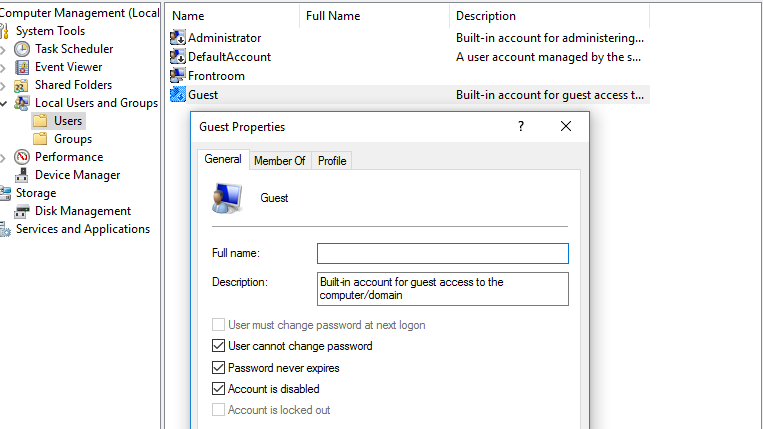Hello friends, I’m here to tell you that you can now have your cake and eat it, too! I have been dabbling with Jekyll for a few months, trying to get this blog off the ground. I can now say I have found the most straightforward way to do it in Windows.

But before proceeding with my obligatory “Hello World” blog, some full disclosure. I am a solid Windows user–have been since Windows 95. Don’t get me wrong, I’ve had a special place in my heart for Linux/Unix since college. I am all about open source and open architectures and my faith in Microsoft has at times been tested (Windows Vista, 8, death of Silverlight, anyone?). But their recent efforts with open sourcing .NET and the cross-platform .NET Core are very heartening, to say the least. I love C#, and if I can’t run Visual Studio Enterprise on it, it’s not my base OS (sorry, I am not a die-hard emacs or vi user!). These days, I mostly stick with Linux on my Raspberry Pis and occasionally on virtual machines.




